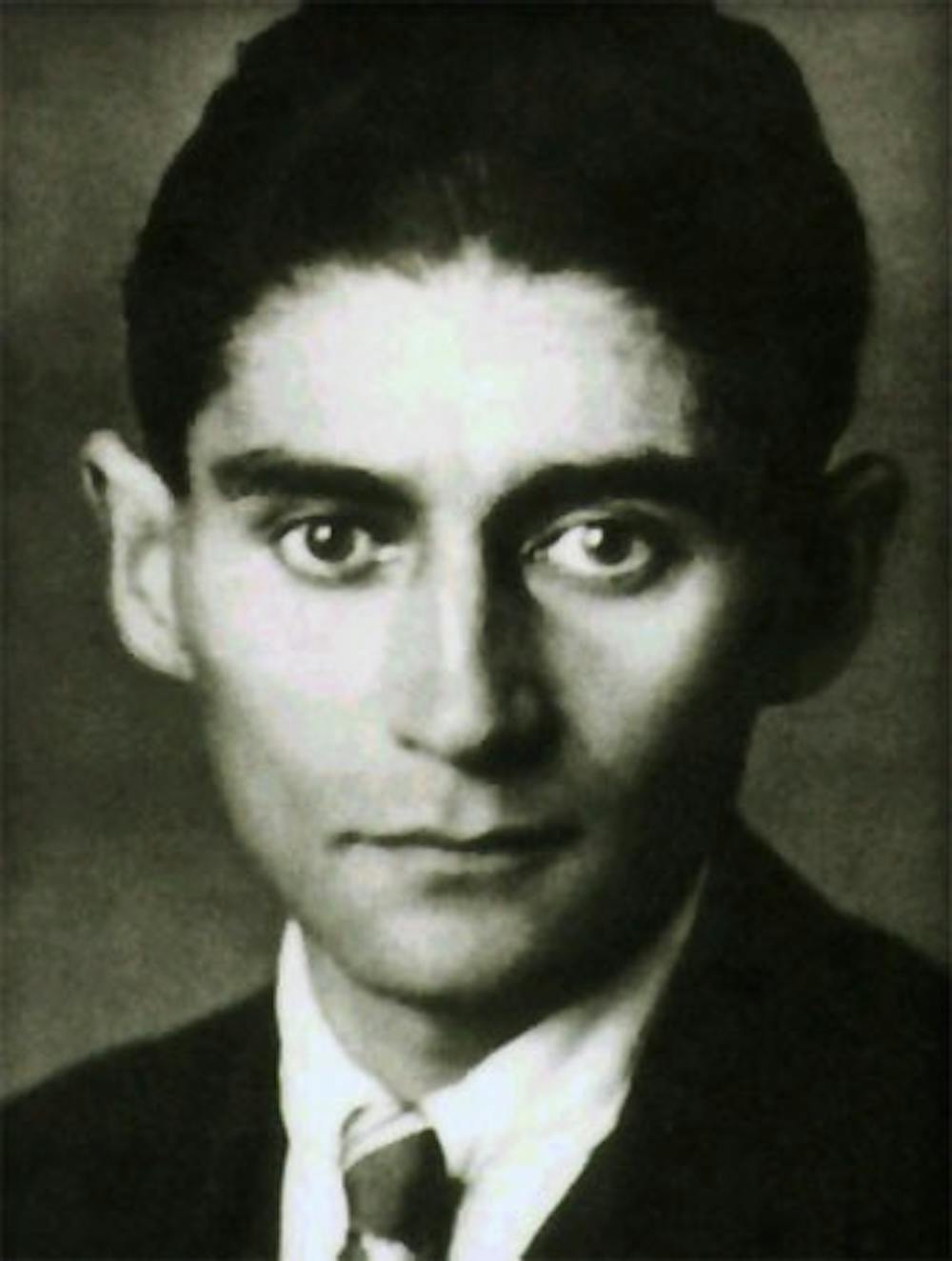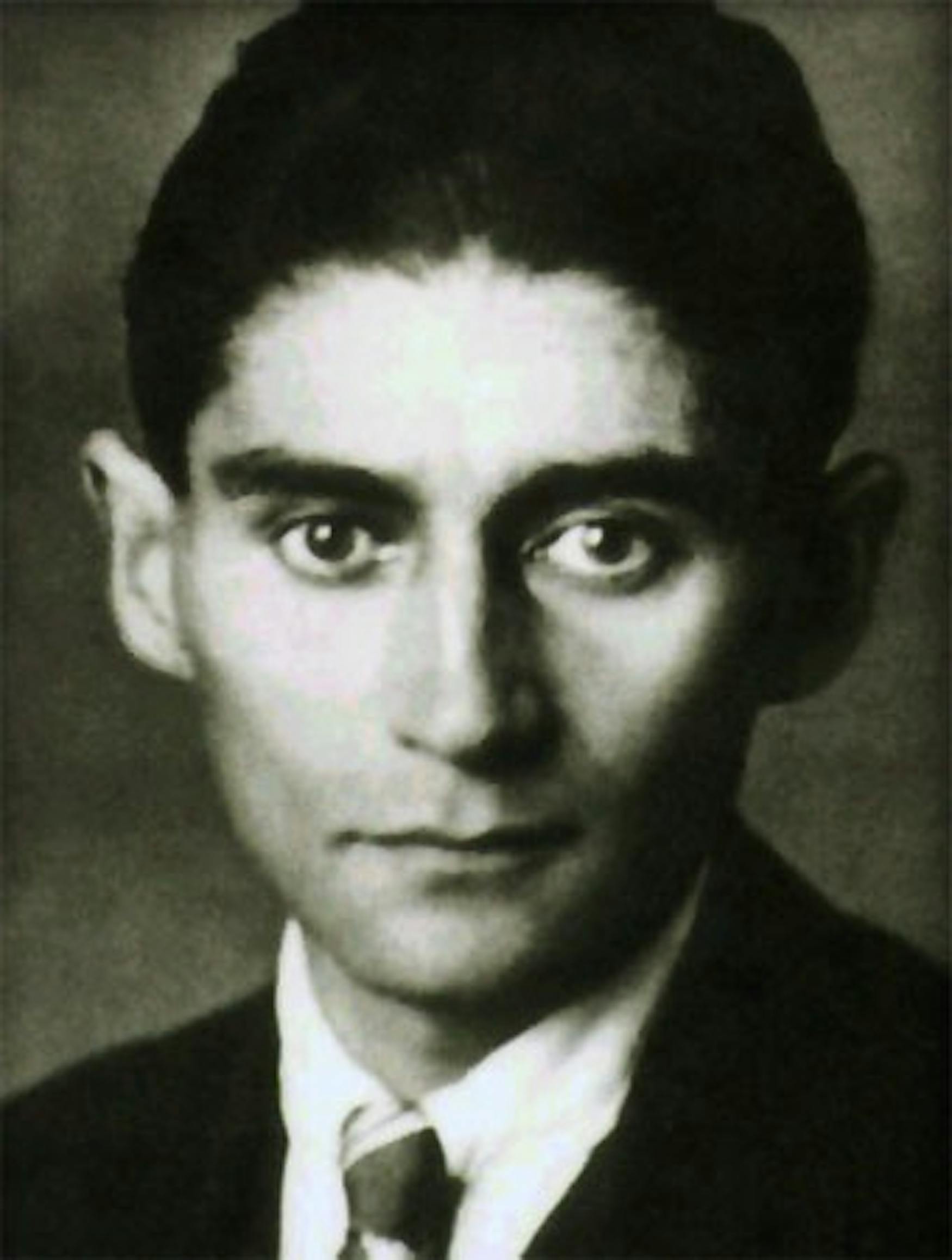Comprehending your Humanities professors: Gatekeep like a pro
Gatekeep like a pro
Five weeks into the semester, and your humanities professor still does not remember your name. If you have been constantly missing LATE deadlines, here are some more terms you should know to earn yourself some brownie points in discussions. The following list cannot fully explain these words your professor throws at you constantly, but it should be sufficient for you to blankly engage in the conversation.
Kafka
The fan favorite — requested by readers from philosophy courses to French literature seminars — of professors to bring up that is commonly abused in TikTok videos, Franz Kafka was a Czech Jewish novelist born in Austro-Hungary. His works, inspired by his life-long daddy issues, are characterized by the overwhelming overflow of anxiety, absurdity, and alienation experienced by individuals. Most people know his book “Metamorphosis,” where a hardworking man who dedicates his entire life to support his family wakes up and finds himself turned into a gigantic insect; eventually, his family starves him to death. Alienation, check. Anxiety, check. Absurdity, check. With these attributes, you can safely continue to conclude that this piece of work is “Kafkaesque.” But here’s the catch — professors don’t talk about the insect story. They ask if you have read “The Trial” instead. If you want to stand out from your illiterate classmates, all you need to say is “like a dog,” even if you’re not sure what that means.
Decontextualization
There seems to be a misunderstanding about how the word “decontextualization” should be employed. I have heard this term misused frequently, and many do not seem to realize that it is indeed a very severe criticism, in a literary discussion at least. Literally, “decontextualization” denotes the act of picking out a phrase from a long discourse by someone and interpreting it with prejudice, neglecting the complete context. In a more general sense, “decontextualization” can also be employed to describe any presumptive judgment based on one single object or action, failing to recognize the complete situation or event. For instance, it would be decontextualizing to assert that Michael Jackson was a pedophile without acknowledging the unjust court proceedings he was put under. The way I like to use this word in a discussion is to point — yes, with my index finger — at the previous speaker and utter with slight frustration in my tone, “That’s decontextualization!” Don’t bother saying anything else afterwards, because you would have aroused a collective rage in the classroom that will lash out at the poor peer you just accused.
Structuralism
This 20th century philosophy asserts that everything human, activities, creations, thoughts, and consciousness, are all artificial. By analyzing the elementary human thoughts and subjective sensations, one can deduct critically the structure of conscious experience. This is not to be confused with “structural problem,” meaning that the issue is complicated by its deep roots in a rigid social structure.
Contrapposto
In art history 101, “contrapposto” is probably taught on the first day of class. In any other humanities classes, your professor would simply show you an image of the statue of David and ask you what you’ve observed. Aside from the abs, the unproportionately gigantic hand, and umm, phallus, your peers may say “his stance.” To outshine them, you must, therefore, nod with excitement and say, “He’s in contrapposto.” Contrapposto is the particular stance where the subject rests on one foot and puts all the weight on the other. In order to create this shift in weight, the sculptor needs to take into account how the entire body would therefore respond when weight is rested on one foot: The hips would shift, the torso could twist, feet pointed at the right directions, and the abs need to face sideways. Shortly, it’s just a fancy way of saying he’s tired from standing straight.
Sprezzatura
You know that straight A person in your class who tells you before every exam that he didn’t study? Yeah, he’s probably pulling off a “sprezzatura” unsuccessfully. The literal translation today of the Italian word is “nonchalant,” but it is certainly much more than that. Originally suggested in Castiglione’s “Book of Courtier,” it is a fancy way of saying someone is trying to look cool without appearing like they tried, the classic “I woke up looking this way.” Think Timothee Chalamet in “Call Me by Your Name.”
Noli Me Tangere
“Don’t touch me.” — Jesus Christ.
Carpe Diem
The famous Don-Juan phrase by Petrarch everyone knows by heart, “Seize the day.” Petrarch was an Italian Renaissance Poet who was most famous for his sonnets dedicated to a woman whom he calls “Laura.” Each sonnet follows pretty much the same trope: The Speaker, whom we presume to be Petrarch, professes his undying love for Laura, and she ghosts him. Don’t try to reference Pertrarchan sonnets in your Valentine’s Day Card, you will jinx yourself.
Confirmation Bias
Recommended by my jornalism and anthropology friends, this word is used to point fingers at the action of cherry-picking information that fit our existing beliefs. For instance, if you have a pre-existing bias that the Kosher side always serves better food than the non-Kosher side of Sherman Dining Hall, you put greater importance on this characteristic of Kosher side food and would be less likely to give the non-Kosher side a chance. If you take one step back to avoid confirmation bias, you would realize that both sides can contribute equally to frequent food-poisoning.




Please note All comments are eligible for publication in The Justice.